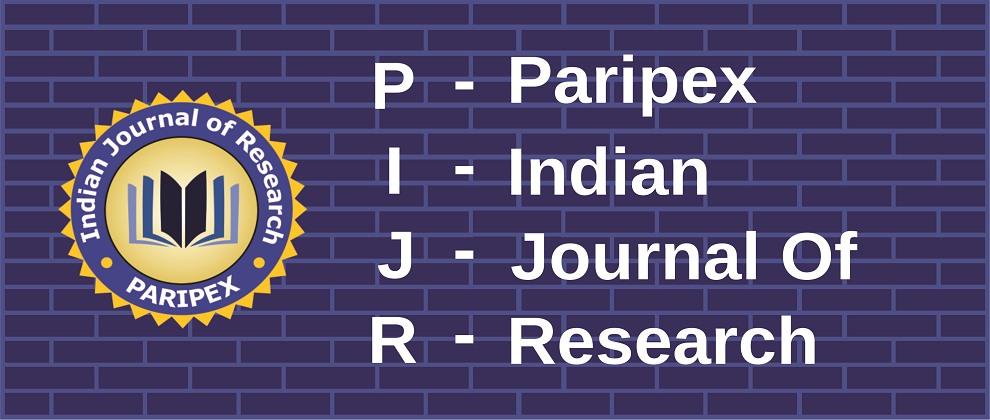Volume : VII, Issue : V, May - 2018
A STUDY ON CRANIOPLASTY USING AUTOLOGOUS BONE FLAP PRESERVED IN ABDOMINAL WALL
Dr. C Ramasamy, Dr. C. Mayilan
Abstract :
Aim and objective :
The aim of the present clinical study is to evaluate the efficacy of preservation of calvarial bone in an abdominal pouch for being
used later for cranioplasty.
Materials and Methods
All stroke and TBI patients with refractory raised ICP operated with an emergency decompressive craniectomy between july 2007
and Jan, 2017 at a single hospital, were included After exclusion, a total of 211 patients were taken for consideration and analysis.
For the retrospective analysis of the efficiency of autologous bone graft preserved in the abdominal wall, for cranioplasty, All
decompressive craniectomy patients who underwent subsequent cranioplasty were identified, and a database was created with
relevant variables, including post–operative complications. Age, gender, co–morbidity, indication for Decompressive craniectomy,
method of implanting in abdomen, Operating time, cranial surgery prior to Decompressive craniectomy time between
Decompressive craniectomy and Cranioplasty, complications like implant rejection, SSI, Osteomyelitis, and abdominal wound
complications if any, have all been recorded and studied.
Conclusion:
We from our retrospective analysis, conclude that storage of the patients own bone flap in the abdominal pocket is a safe, easy,
cheap, sterile, histocompatible, and better cosmetic results. When replacement the bone removed at craniectomy, a fresh skull
autograft is superior to all alternative forms of cranioplasty such as methylmetacrylate or metallic prosthesis. When compared to
the use of synthetic cranioplasty materials, a personal bone flap has very low percentage of inflammatory complications.
Keywords :
Article:
Download PDF
DOI : https://www.doi.org/10.36106/paripex
Cite This Article:
Dr. C Ramasamy, Dr. C. Mayilan, A STUDY ON CRANIOPLASTY USING AUTOLOGOUS BONE FLAP PRESERVED IN ABDOMINAL WALL, PARIPEX‾INDIAN JOURNAL OF RESEARCH : Volume-7 | Issue-5 | May-2018
Number of Downloads : 498
References :
Dr. C Ramasamy, Dr. C. Mayilan, A STUDY ON CRANIOPLASTY USING AUTOLOGOUS BONE FLAP PRESERVED IN ABDOMINAL WALL, PARIPEX‾INDIAN JOURNAL OF RESEARCH : Volume-7 | Issue-5 | May-2018


 MENU
MENU

 MENU
MENU


